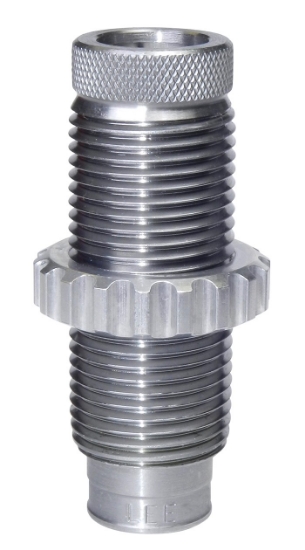Silver Supporter
Bronze Supporter
- Messages
- 4,210
- Reactions
- 6,918
Crimping a non-cannelured bullet to a degree that would retain the bullet significantly during the ignition process is to the degree that would damage the bullet.
I crimp NO rifle ammunition aside from 30-30's and such going to a tube fed gun, or blackpowder cartridges. (All with a place on the bullet for that crimped mouth to rest without deforming the projectile.)
I crimp NO rifle ammunition aside from 30-30's and such going to a tube fed gun, or blackpowder cartridges. (All with a place on the bullet for that crimped mouth to rest without deforming the projectile.)












